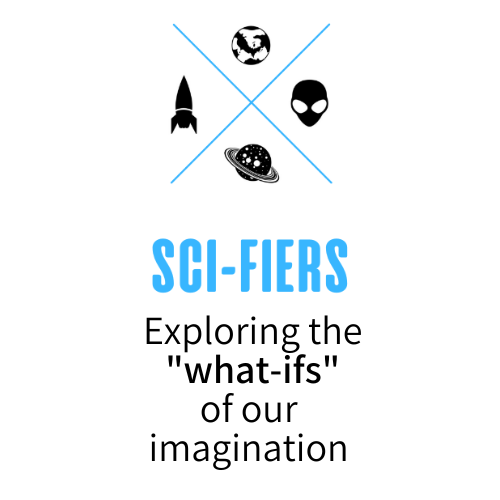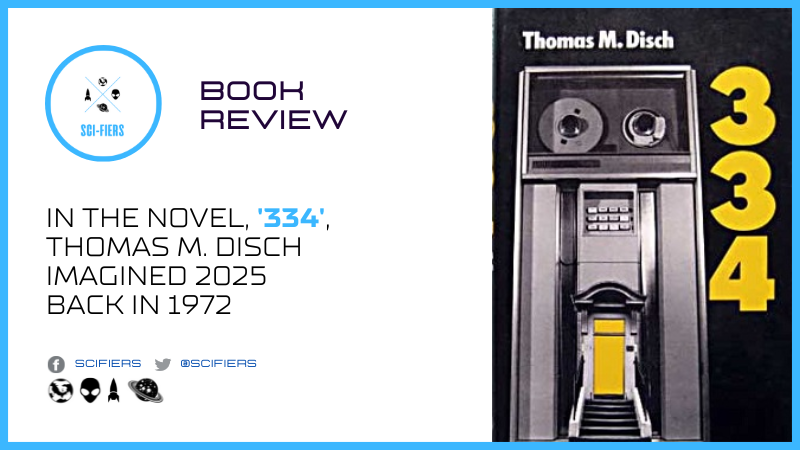Thomas M. Disch’s science fiction classic 334 is a thought-provoking dystopian novel first published in 1972. The story takes readers to the year 2025 in New York City as Disch imagines a future shaped by overpopulation, limited technological progress, and societal divides that have grown beyond repair.
The title, 334, is a tribute to both the address of the housing project where most of the characters live—334 East 11th Street—and the year 334 AD, a period in history marking the decline of the Roman Empire. Disch draws parallels between the fall of Rome and the imagined decline of the United States, creating an uncanny reflection of history within a speculative future.
In the world of 334, technological breakthroughs are rare, apart from advancements in medical techniques and recreational drugs. There are no catastrophic disasters; instead, the dystopia emerges from subtle, systemic issues like overpopulation, resource scarcity, and rigid class structures. Society has implemented strict birth control and eugenics programs to manage these challenges, while a welfare state, controlled by the MODICUM agency, takes care of basic needs. However, this comes at the cost of a stark divide between welfare-dependent individuals and the professional elite.
334 is uniquely structured, blending five independent novellas with a longer narrative about the Hanson family. Each story offers a distinct perspective on life in this imagined future:
“The Death of Socrates”
A high school student discovers that his poor academic performance and his father’s health history have permanently barred him from having children.
“Bodies”
This darkly comedic tale follows hospital porters who moonlight as body-snatchers for a necrophiliac brothel.
“Everyday Life in the Later Roman Empire”
A government worker copes with her son’s education while immersing herself in a hallucinogenic role-playing game set in 334 AD, blurring the line between reality and escapism.
“Emancipation: A Romance of the Times to Come”
A young couple navigates marital challenges and parenthood, with twists and conflicts reflective of the unique societal norms of the 2020s.
“Angouleme”
A chilling story of prepubescent intellectuals who plot a senseless murder in Battery Park, offering a disturbing glimpse into the psyche of the younger generation.
“334”
The final titular section is a series of interconnected vignettes about the Hanson family, covering the years 2021 to 2025. These snapshots delve into their struggles and aspirations, portraying life in this dystopian world.
Through its stories, 334 explores themes of societal decay, the impact of bureaucracy, and the moral complexities of eugenics. Disch’s work critiques the societal trajectory of his time, drawing parallels to real-world challenges that remain relevant today. The first edition of 334 featured a dust cover designed by Michael Hasted, further enhancing the novel’s appeal.
More than 50 years after its publication, 334 continues to resonate with readers for its unflinching portrayal of a plausible dystopian future. Whether you’re a fan of speculative fiction or a reader drawn to stories that challenge societal norms, 334 is a must-read that offers both entertainment and insight.
Scifiers explores science fiction narratives that enliven our imagination and compel us to think about the “what-ifs” of creative world-building. It is on a mission to discuss ideas about sci-fi in its various forms that keep the genre in a state of continuous expansion.
facebook.com/scifiers | Instagram: @scifiers

